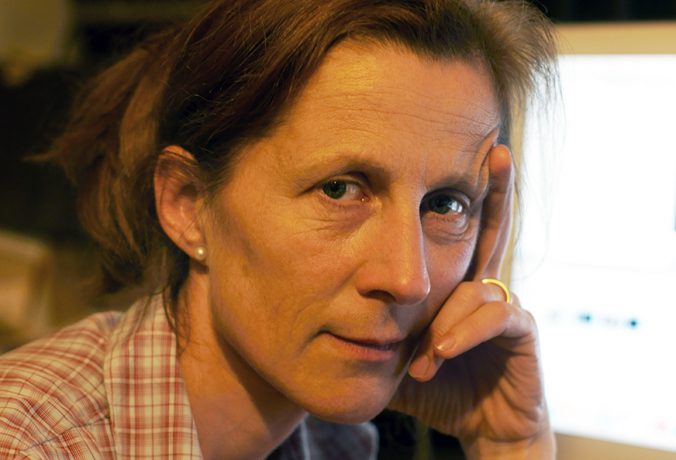School situation
War is omnipresent, it dominates the classrooms and thus takes up space of thought. Although the military conflicts are a quarter of a century back, when we visit the events seem to me close at hand. People are still in a state of defense – if not their direct lives, then their culture and ethnicity. Instead of pedagogic images, war veterans tend to decorate the classrooms and school aisles, while on rifles, cases and garments of leisure not infrequently war machinery or associative be mapped. – After all, on the biology book, I finally find the image of a work of art: it is a (narrow) section of the portrait of Mona Lisa, otherwise no art templates couldn’t be found within my stay. Copies or posters of art images do in fact not exist, where technical drawing is thoroughly introduced, as it has been shown.
Girls up
Nevertheless, I actively searched for alternative motifs, the most common of which are fairy-tale characters, animals, myths and legends, male heroes and, of course, Russian ballerinas, as well as Western Mickey Mouse and Co. – The latter worn by girls rather than boys. Also “Girls Up” was there more than once on T-shirts to read.
Communication as experiment
When listening to Russian speakers, it is noticeable that classical art terms of the 20th century have found their way into the current vocabulary within the specialist discourse in Russian. For example, “method,” “abstraction,” and “experiment” are as common that sometimes I mean to understand Russian in order to realize in a second step that it’s a lot more complicated. Because these loan words must be renegotiated between us, so as not to lead to misunderstandings. Thus, the term “experiment” in our visit falls within the context of “plein-air” painting – used for a conception of landscape painting, which currently has a revival at the art academy of Suchum/i. With the translation into English, the discussion really only started – what do they and we understand by “experiment”?
To decide
Our mission could be described as approaching people in a difficult situation, making suggestions, and working with them to get things moving. This first step remains with us in the whole process and in all upcoming decisions; there is no independent, active action from the other side, although we try to play back as much as we can. Our impulses are received and approved with a certain delay. There is not enough time to wait and see what could be brought in by the partner, and there is also a long need for action – in the schools, children are waiting for a change as a benefit of our visit!
Art Education
About half of the Abkhazian students have never taught before, so in this context it is their first time in front of a class. Some have been sent by their art teachers because they have been found capable as future teachers. Due to the fact that a free art market, as we understand it, does not exist, 90% of all art students end up with no teaching alternative – without having chosen this actively.
Potential primary school
The insight and the warm atmosphere at the elementary schools I feel as the gift of this trip. The teachers we have encountered seem to be people who are aware that the future of this coming generation and their education is the future of this region. – In order to finance their lives most of them have to do other work besides teaching.
Judit Villiger, May 2018
